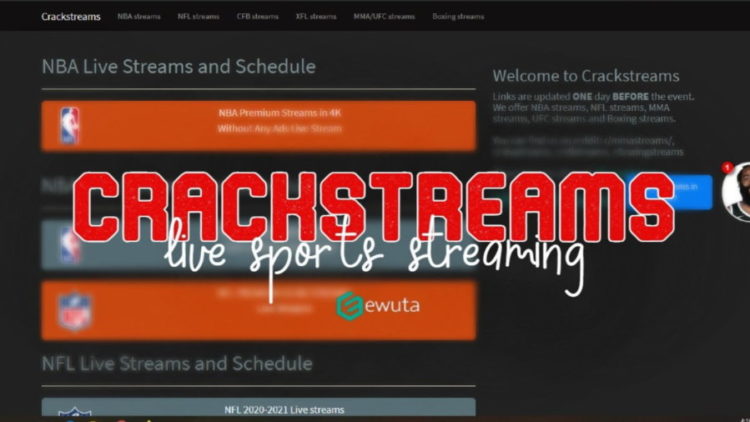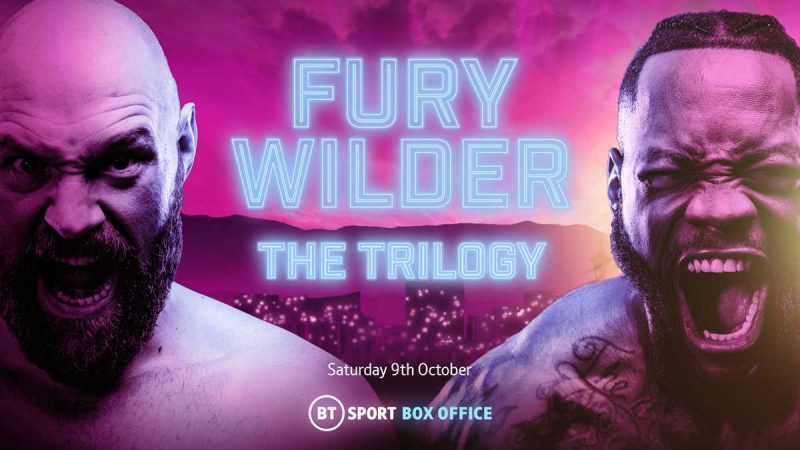Berserk panels Secrets behind Miura’s Art and Writing

Berserk panels in any case, prior to going on with his strategies of making a manga itself and the arranging system, I need to point a couple of other significant standards of his craft.
Workmanship and Dialog have a place intently together
Format upholds the message
High contrast balance
Craftsmanship AND DIALOG BELONG CLOSELY TOGETHER
What additionally assumes a major part in getting his drawings right and making them however effective as they are seems to be the reality they are sincerely stacked through setting, format and situation of discourse.
Kentaro Miura plans out his manga rigorously outwardly. In the event that you at any point read Attack on Titan, it peruses like somebody plunked down composing an enormous content and afterward endeavored to squeeze that content into ANY representation, absent a lot of respect for passionate or dramatic show. Most boards are kept exceptionally straightforward and nearly appear to be identical, particularly to start with. Here, the composing is some way or another separated to what exactly is being shown — or if nothing else that was my impression.
Presently how Miura is doing Berserk is the inverse:
He designs exchange and perception together and regards them as single unit, where text and visuals supplement the other — very much like composing verse, similar to he said himself in one of his meetings. This is the reason arranging and drawing Berserk are closely knit together. You can’t do one without likewise doing the other.
Format SUPPORTS THE MESSAGE
What is additionally significant that Miura likewise keeps his pages fascinating according to a design point of view: You never see precisely the same format twice inside a solitary section (I really haven’t checked this yet you can in any case cite me on it!). We frequently get fascinating board formats, for example you frequently see boards that don’t have square points to make a more grounded feeling of strain; this is for the most part utilized in real life shots, similar to the two top boards and to lesser degree the base boards here:
Miura not just deals with the format when he designs out a page, yet in addition the highly contrasting equilibrium of the page. Note how the upper right board is the haziest, while the remainder of the more modest boards is somewhat brilliant. This puts accentuation on the sheer fear the birds of prey are as of now looking in this page.
Planning the format, Miura additionally assembles pages that specifically have a place together: note the white bar between the Moonlight Boy and the boards of Casca here. This makes a small interruption prior to continuing taking a gander at the following board, which can be significant for the page stream. What is additionally important is center board covering the base board.
Indeed, even the manner in which boards are organized on a similar standard, where a little interruption is made as your eyes move along the following line of boards, matters! In the page of Wyald over, we should look at the page stream:
The blue bolts demonstrate boards that are perused together and “stream”. In purple/fuchsia, we see the stops that are made by game plan or blank area. There is importance in these breaks and streams too: the respite you have while continuing on to the more modest column of boards gives you an opportunity to deal with the past boards, that pass on the feeling of “risk” and “fear”. It subliminally gives you an opportunity to frame an enthusiastic response. It likewise makes a feeling of “timing”: a bigger page sets aside more effort for your cerebrum to measure (even more in case it’s dark like here) and rests to you for more; boards that are close to one another and not isolated by blank area are perused a lot speedier. This is by and large why Miura’s work peruses a ton like a film. I have likewise endeavored to pull this off in my fancomic.
I can delve a whole lot further into the board format in Berserk and what it plays into the passionate mean for it makes (for example board and character position to communicate predominance/inadequacy of a person). I feel this post will detonate much more in the event that I do, so I’ll save it for some other time!
Highly contrasting BALANCE
The equilibrium of high contrast regions is likewise painstakingly gotten ready for each page. In the event that you overlook this, your pages will look off and your eyes will not realize where to center. I will give you an illustration of this later!
Phases OF PLANNING
The phases of each drawing are as per the following and each stage might require its own drawing, contingent upon how languid proficient you are:
Idea
Presenting/Construction
Specifying: Clothes/Armor
Last ink work
First idea portrays consistently look truly chaotic. They exist to get the berserk panels thought how a page or drawing will resemble. In the greater plan of things, board design and the pacing of the manga is characterized here as best as could be expected.
In case you are content with the idea, the attracting goes further to the presenting or development stage. This is the place where the presenting is being enhanced, mistakes in context are fixed, unpleasant foundations planned, and the high contrast equilibrium of the page is characterized. In the greater plan of things — changes to board format and pacing occur here as well, however are expensive!
When the development stage is done, you go on to the following one, berserk panels which is making one more drawing or layer for subtleties, generally garments and shield, belts, packs, etc. Reinforcement explicitly must be built appropriately, particularly assuming you need to do equity to Miura’s exclusive expectations. This stage specifically is extremely tedious and the majority of the sorcery and refinement occurs here.
The last ink work includes putting all representations and drawings together, particularly in case they are layered. The last ink work is refined by moving your last sketch onto another piece of paper through an illuminated table (as recorded in the apparatuses above).
A layered attracting that is prepared to ink resembles this:
In all stages, Miura also deals with legitimate layering isolating foundation and closer view, which requires extra exertion (which is dramatically developing in the event that you do this, as well). This particularly applies to his conventional work. Something else that drives the time you spend making a solitary page to a crazy sum is the manner by which complex a page is: The more boards a page has, the more dreary it is to draw.
To give you a superior thought behind the arranging measures and berserk panels what it really implies practically speaking, I will give a few models with respect to my fancomic.
Making A CHAPTER (OR FANCOMIC)
A section as a rule follows a red danger of bearing. Frequently, you can the reduce the reason for a section by a couple of words. Then, at that point, notwithstanding the bearing you have several foundations, that portray the sentiments or musings of the characters. These two things are the fundamentals for character-based composition and furthermore decide the result of the part. They are likewise why Miura can’t say without a doubt how Berserk will end.
In my fancomic’ case — which is about Guts’ and Casca’ get-together and has the extent of a solitary section — the reason for the part is “conclusion” and “admission”. It investigates the thought how their collaboration would end up being were Casca responsive of Guts (Hint: this fancomic was arranged and drawn before the occasions berserk panels of scene 359). A couple of the foundations in this comic are “disappointment/regret”, “torment” yet additionally “help”, “comprehension” and “absolution”.
Model: SPLITTING UP A CONCEPT PAGE INTO MULTIPLE FINAL PAGES
Some place in this comic Guts is admitting that he messed up during his excursion and feels regret for the things that turned out badly, at last causing Casca torment. The idea page of this has the foundation “lament/regret” and is brought about by Guts seeing Casca irritated and crying.
This idea page where Guts concedes that Casca was his main expectation berserk panels and endeavors to identify with her. This page was made by setting and recording the exchange like in a sonnet, then, at that point drawing first harsh visuals for the discourse. Whenever that is done, I survey the page and change both visuals and discourse to fit the other in another sketch.
Since I felt the pacing was too quick in this page, I chose to give more profundity to what in particular is being said by pulling it separated and pacing it down accordingly. I additionally added flashbacks and reused symbolism from past circular segments to make it much more impressive and sincerely stacked.
What I am additionally attempting to pass on in those representations is the highly contrasting equilibrium of the page.
Coming up next are (nearly) last draws prior to inking.
The progressions contrasted with the crude idea page are both in visuals and exchange, yet the applied thought (also known as the foundation) behind these pages continued as before. That being said, I am 100% certain Miura does this a ton with his drafts too.
Model: “VISUAL LEADS”
By “visual lead” I mean arrangements that structure a visual unit. They successfully lead the peruser’s eyes across the page and influence the manner in which a page is being seen and how effective it is.
I’ve done this with one page here. The “visual lead” here additionally berserk panels turns out to be the understanding bearing. The circular segment of the extension is lined up with the storage compartment in the following board and the surface behind the scenes in the top board (which will be practically dark) likewise upholds the understanding heading.
You can discover these arrangements o’ a lot in Miura’s work:
An impossible to miss instance of driving the peruser’s eyes across a page from the Golden Age
In above page, there is something extra that is additionally happening that I didn’t call attention to yet, and that is “the request for what your eyes see and what you read”. You first see the eye and undermining teeth of the Beast of Darkness, then, at that point read the text “She’s a penance so you can keep aching for Griffith”.
Then, at that point as your eyes move along, you see Guts’ eye that seems to pass on shock or insubordination, then, at that point read how he is advising the Beast to disappear. Then, at that point, your eyes straightforwardly move to the tongue of the Beast and next you read the line “In case she’s a penance, there is better use for her”.
On the off chance that I put ANY of the discourse rises in this berserk panels page elsewhere, perusing this would turn out to be extremely troublesome and it would likewise lose its enthusiastic force. Like this, perusing this page truly streams flawlessly with most extreme passionate and true to life





